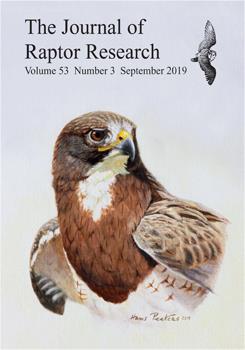We report late Quaternary fossils of the hind limb (tibiotarsus, tarsometatarsus, hallux, pedal phalanges) of an extinct species of eagle (Accipitridae) from Hispaniola (Haiti, Dominican Republic). We are unable to refer these 24 fossils with confidence to any Accipitrid genus, living or extinct. Among living genera, the Hispaniolan fossils are most similar in nonquantitative characters to leg elements in Geranoaetus Kaup 1844, as represented in our comparisons by the South American species Black-chested Buzzard-Eagle (G. melanoleucus Vieillot 1819). Although it may be that Geranoaetus eventually will be found to accommodate the Hispaniolan eagle and perhaps other large, extinct species of West Indian eagles (from Cuba and Bahamas), the fossil material available at this time is inadequate. Generic assignment is complicated further by uncertain generic limits among surviving New World buteonine/buteogalline hawks and eagles, which themselves also are not well represented in scientific collections. Measures of the tibiotarsus suggest the Hispaniolan eagle was 15–30% larger than the extant Golden Eagle (Aquila chrysaetos). It is likely that the large Hispaniolan eagle went extinct along with, and potentially as a consequence of, the extinction of most endemic species of large- and medium-sized mammals (primates, rodents, and sloths) that once served as prey.
How to translate text using browser tools
13 August 2019
An Extinct Eagle (Aves: Accipitridae) from the Quaternary of Hispaniola
David W. Steadman,
Juan N. Almonte Milan,
Alexis M. Mychajliw
ACCESS THE FULL ARTICLE

Journal of Raptor Research
Vol. 53 • No. 3
September 2019
Vol. 53 • No. 3
September 2019
eagle
extinction
fossil
Geranoaetus
Hispaniola
late Quaternary




